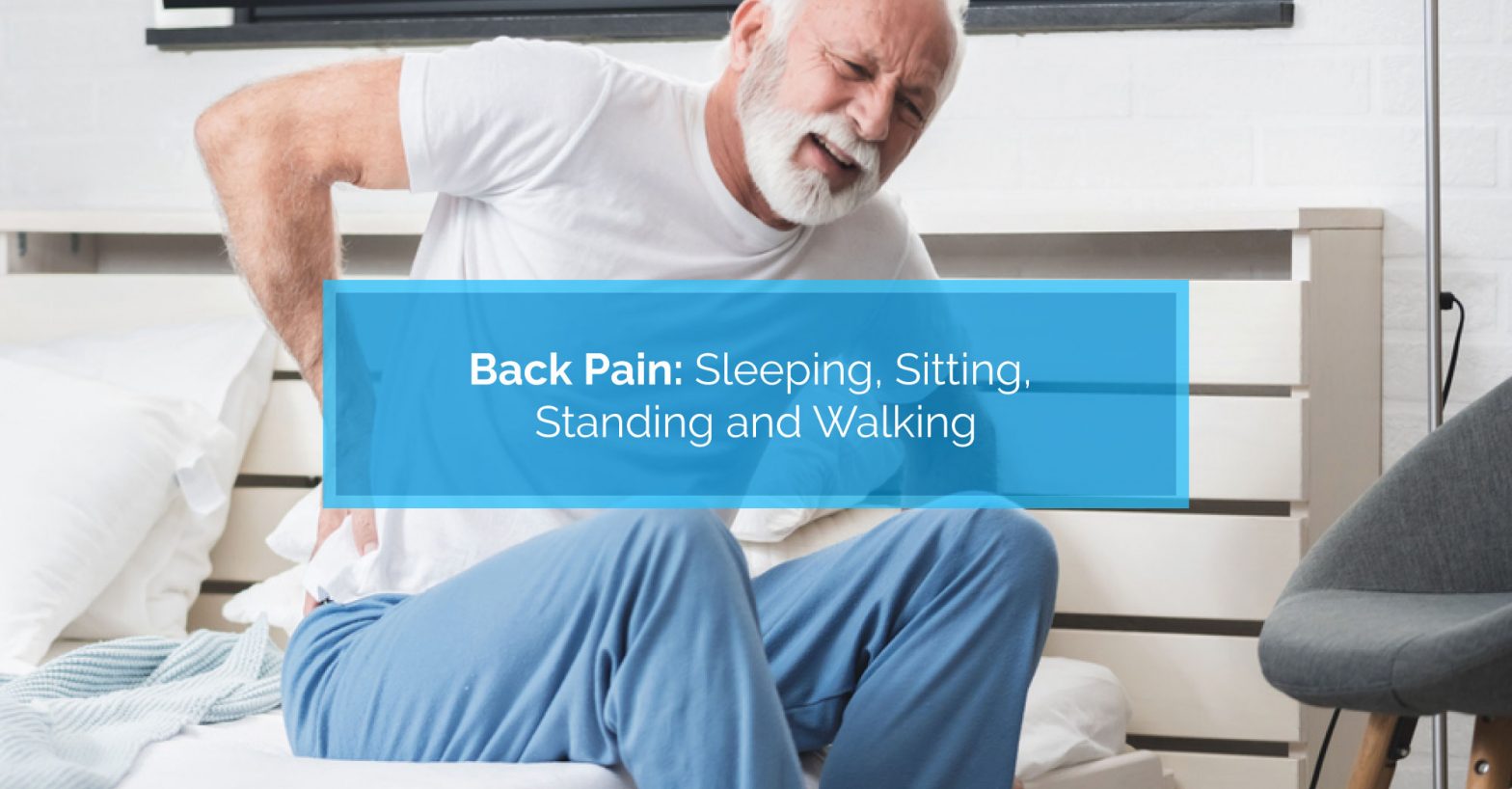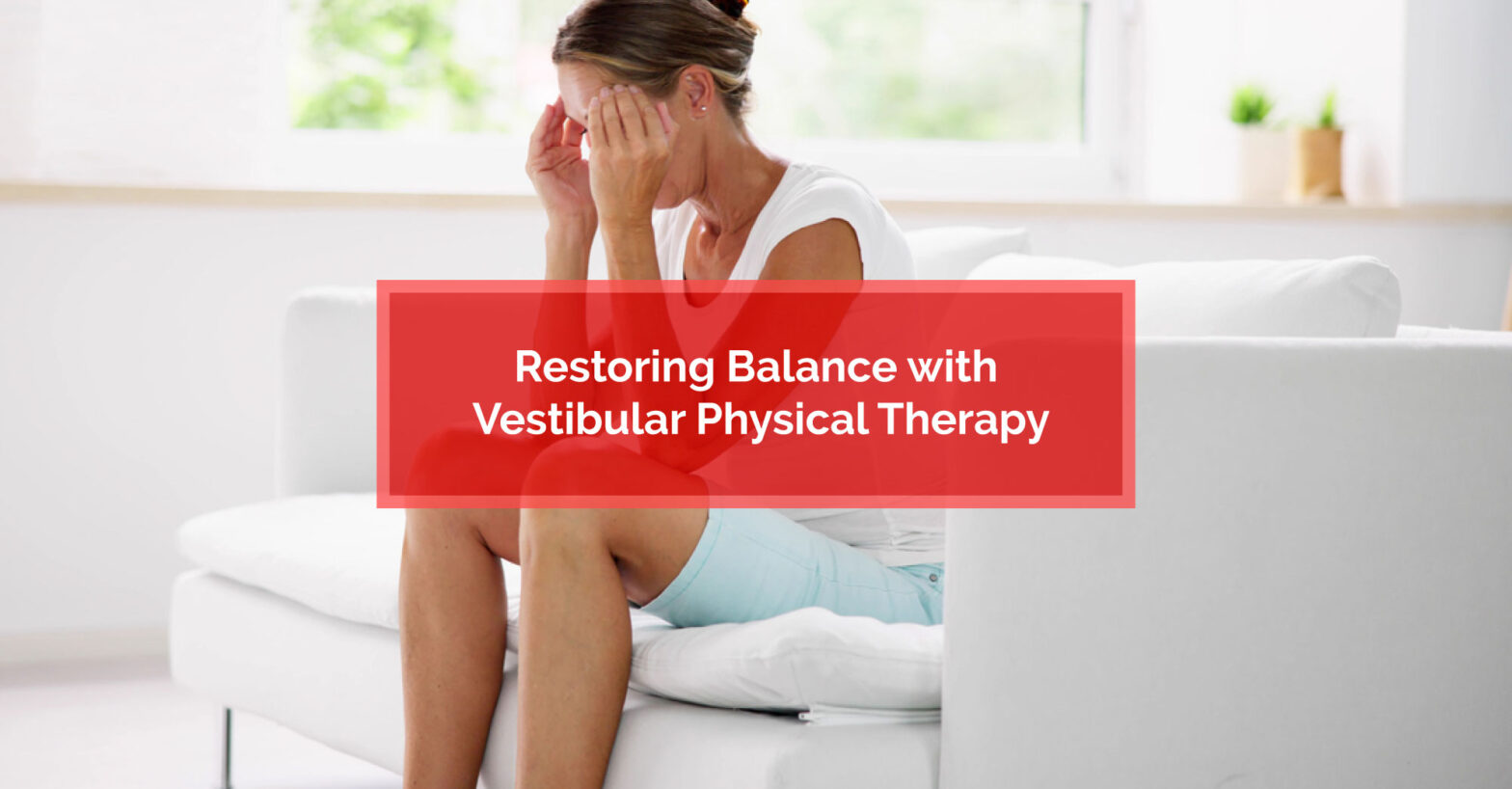Back pain is a prevalent and often debilitating condition that affects millions of people worldwide. If you’ve experienced back pain, you know first hand how much it can disrupt your daily life, limit your mobility, and impact your overall well-being. While there’s a variety of factors, from poor posture to injury or underlying medical conditions that can contribute to back pain, our everyday habits related to sleeping, sitting, standing, and walking can play a significant role in its development and persistence. In this article, we’ll take a closer look at the impact these lifestyle factors can have on your back health. We’ll also provide some valuable insights and practical tips on ideal postures and techniques for each activity to minimize discomfort and prevent further damage. Additionally, we’ll look at how lifestyle adjustments can help managing your back pain. Whether you are suffering from chronic back pain or are looking to prevent it, here are a few key things you need to know.
Does Sleeping Affect Back Pain?
Your sleep habits can either alleviate or worsen your back pain. Sleep position, mattress quality, and sleep schedule all influence back health. Poor sleep posture strains back muscles and misaligns the spine. Inadequate sleep increases inflammation, exacerbating existing issues. Improving your sleep environment and hygiene can reduce the impact of sleep-related factors on back pain.
- Sleep Position: Your sleep position can affect your spinal health and provide back pain relief. Sleeping on your back with a knee-supporting pillow maintains spinal curvature and reduces lower back pressure. Side sleeping with a knee pillow also aligns the spine. However, stomach sleeping strains the neck and lower back. Experimenting can help you find your most comfortable position.
- Mattress and Pillow: Selecting the correct mattress and pillow is essential for back pain relief. Opt for a medium-firm mattress that supports your back and contours to your body shape, relieving pressure points. Memory foam or latex mattresses are great options. Choose a pillow that aligns your neck well. Experiment with various types to find what suits your needs.
- Sleep Environment: An ideal sleep environment is dark, quiet, and at a comfortable temperature. Use curtains or blinds to block external light. Remove electronic distractions and create a peaceful ambiance. Well-ventilated bedrooms improve sleep quality. Follow these tips for a restful night’s sleep.
- Sleep Hygiene: Consistency in your sleep schedule helps regulate your body’s internal clock. Establish a relaxing routine before sleep to signal winding down and create a sleep-friendly environment by minimizing noise and distractions. You should also avoid caffeine, nicotine, and heavy meals before bedtime. Limit daytime napping to prevent interference with nighttime sleep.
The Impact of Prolonged Sitting
Prolonged sitting can contribute to poor posture and back pain. It causes muscle imbalances and weakens core muscles while straining the back and neck due to poor ergonomics. However, ergonomic adjustments, desk-friendly exercises, and movement breaks can help counteract the harm caused by prolonged sitting.
- Sitting Ergonomics: Maintaining a proper sitting posture can prevent back pain. Keep your feet flat, support your back, and adjust your chair and desk for alignment. Consider ergonomic chairs with lumbar support and place your monitor at eye level to avoid neck and back strain. You should also change your position as needed for reduced discomfort.
- Exercises and Stretches: To alleviate tension and stiffness, incorporate exercises targeting the core and back muscles into your day. Try simple desk-friendly exercises like seated leg raises or shoulder rolls. Stretching your neck, shoulders, and lower back can also help. Using resistance bands or small weights can also help with strengthening your core and back muscles.
- Movement Breaks: To maintain a healthy back, remember the importance of taking regular breaks during your day. Frequent movement improves blood flow, reduces inflammation, and relieves muscle tension. Stretching exercises during breaks can be particularly effective. Make sure to incorporate these practices into your daily routine for optimal spinal health.
The Impact of Prolonged Standing
Prolonged standing can worsen or cause back pain. The lower back supports the body’s weight, straining muscles and potentially leading to spine issues. This extended pressure can result in discomfort and back problems. It’s crucial to manage this by maintaining good posture and taking regular breaks to alleviate the strain on your back.
- Standing Posture: Proper standing posture can reduce the risk of back pain and maintain spinal health. Align your head with your spine, relax your shoulders, and avoid slouching. Engage your core muscles for support and distribute your weight evenly on both feet. Keep your feet hip-width apart for stability and alignment.
- Supportive Footwear: To reduce back pain while standing, it’s important to wear supportive shoes with good cushioning to alleviate pressure on the spine. Using anti-fatigue mats or padded insoles can provide extra comfort and support. Avoid high heels or flat shoes that offer minimal arch support, as they can increase strain on the back.
- Exercises and Stretches: Stretching and strengthening exercises can ease muscle tightness and boost stability. Back extensions, spine rotations, planks, and pelvic tilts enhance core strength and flexibility. Leg stretches reduce hip and thigh tension, while balance exercises like single-leg stands improve stability. A personalized exercise plan from a physical therapist can help maintain back health and reduce pain risks.
Walking and Back Pain
Walking is an invaluable low-impact exercise for those contending with back pain and regular walks can contribute significantly to better back health and overall well-being.
- Key Benefits: Walking can alleviate discomfort by strengthening the muscles supporting your spine, enhancing posture and alignment, and reducing pressure on your back. Its gentle motion also promotes flexibility and joint mobility, releasing endorphins, your body’s natural pain relievers, and it releases tension in back muscles, easing stiffness and soreness. Walking also improves circulation, delivering essential oxygen and nutrients to your spine and aids in maintaining a healthy weight.
- Cautions: To make the most of your walks, be aware of common walking mistakes that may contribute to back pain. Avoid overstriding, maintain good posture, choose proper footwear, watch your footing on uneven surfaces, and take regular breaks to prevent overexertion. These precautions will help you enjoy the advantages of walking without putting stress on your back, ensuring a healthier and more experience.
Lifestyle Changes for Back Pain Prevention
Certain lifestyle changes can help to prevent back pain. Exercise regularly to strengthen back muscles and improve posture. Maintain a healthy weight to reduce spine strain. Lift correctly to prevent injuries. Use ergonomic furniture for spine support and good posture. During prolonged sitting or standing, take breaks to stretch and prevent stiffness. These changes cut back pain risk.
- Physical Activity: Incorporating physical activity into your routine can help alleviate back pain and improve overall back health. Engage in low-impact exercises like swimming or walking to strengthen your back muscles without putting excessive strain on your spine. Consider trying yoga or Pilates to enhance flexibility and core strength. Consulting with a physical therapist will provide you with targeted exercises tailored to your specific needs. Activities such as dance or martial arts can also promote good posture. Remember to gradually increase the intensity and duration of physical activity to avoid overexertion.
- Weight Management: To support bone health and reduce strain on the back, it is important to consume a balanced diet rich in nutrients. Staying hydrated helps keep spinal discs properly cushioned, while an anti-inflammatory diet can help manage inflammation in the body. Limiting processed foods and sugar can prevent weight gain and further inflammation. Maintaining a healthy weight is crucial for back health. By following these nutritional guidelines, you can take proactive steps towards managing back pain and promoting overall wellness.
- Stress Reduction: To alleviate stress and its impact on back pain, incorporating stress reduction techniques into daily routines is essential. Explore relaxation methods like deep breathing or meditation to promote a sense of calmness. Engage in activities that bring joy and relieve stress, such as pursuing hobbies or spending quality time with loved ones. Seeking counseling or therapy can help address underlying emotional or psychological factors contributing to back pain. Additionally, integrating stress management techniques like journaling or practicing mindfulness can provide long-term benefits. Prioritizing self-care and establishing healthy boundaries are crucial in reducing stress levels.
Frequently Asked Questions Regarding Back Pain:
Q1. How can I improve my posture while sitting to prevent back pain?
To improve your posture while sitting and prevent back pain, keep your feet flat on the ground, maintain a straight back against your chair, relax your shoulders, and avoid hunching forward. Adjust your chair height to align your eyes with your computer screen and be sure to take frequent breaks to stretch and walk around.
Q2. Are there any exercises or stretches that can help alleviate back pain while standing or walking?
Yes, there are exercises and stretches that can help alleviate back pain while standing or walking. Stretching your hamstrings, hip flexors, and calves can relieve tension in your lower back. Strengthening your core with planks or bridges can also support your spine. Of course, you should consult a healthcare professional before starting any exercise routine for back pain.
Q3. When should I seek medical attention for my back pain?
If your back pain is interfering with your daily activities and quality of life, it may be time to see a healthcare professional. If your back pain is severe, persistent, or accompanied by other symptoms like fever or difficulty urinating, you should seek medical attention immediately. Also, you should also consult a healthcare professional for preventative measures if you have a history of back problems or injuries. Early intervention and treatment can prevent further damage and lead to better long-term outcomes.
Conclusion
Back pain can significantly impact your daily life and overall well-being. Whether it’s caused by improper sleep positions, prolonged sitting, standing for long periods, or even walking incorrectly, it’s important to address these issues and make necessary lifestyle changes. By prioritizing proper sleep positions, investing in a supportive mattress and pillow, and practicing good sleep hygiene, you can alleviate back pain caused by sleeping. Similarly, incorporating ergonomic practices while sitting, taking regular breaks, and engaging in exercises and stretches can help mitigate the effects of prolonged sitting. When it comes to standing, maintaining proper posture, using supportive footwear, and implementing stretching and strengthening exercises are crucial. Lastly, walking correctly and incorporating physical activity, nutrition, and stress reduction techniques into your lifestyle can also contribute to back pain prevention.
If you’re struggling with back pain and need help with managing symptoms and addressing underlying causes, we can help. Contact us today and let us show you why, at Physiomed…Healthier Starts Here.






